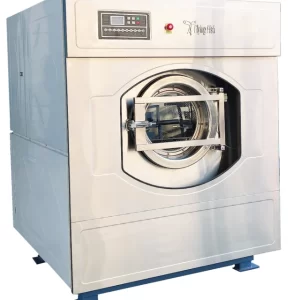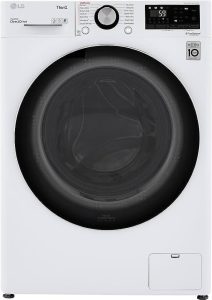Why is my washing machine leaking from the underneath?
Introduction
Discovering a leak from underneath your washing machine can be concerning and inconvenient. Leaks can lead to water damage, mold growth, and operational issues if left unaddressed. Understanding the potential causes of a leaking washing machine can help you identify and resolve the problem promptly. In this guide, we will explore various reasons why your washing machine may be leaking from underneath and provide specific steps to address each issue effectively.
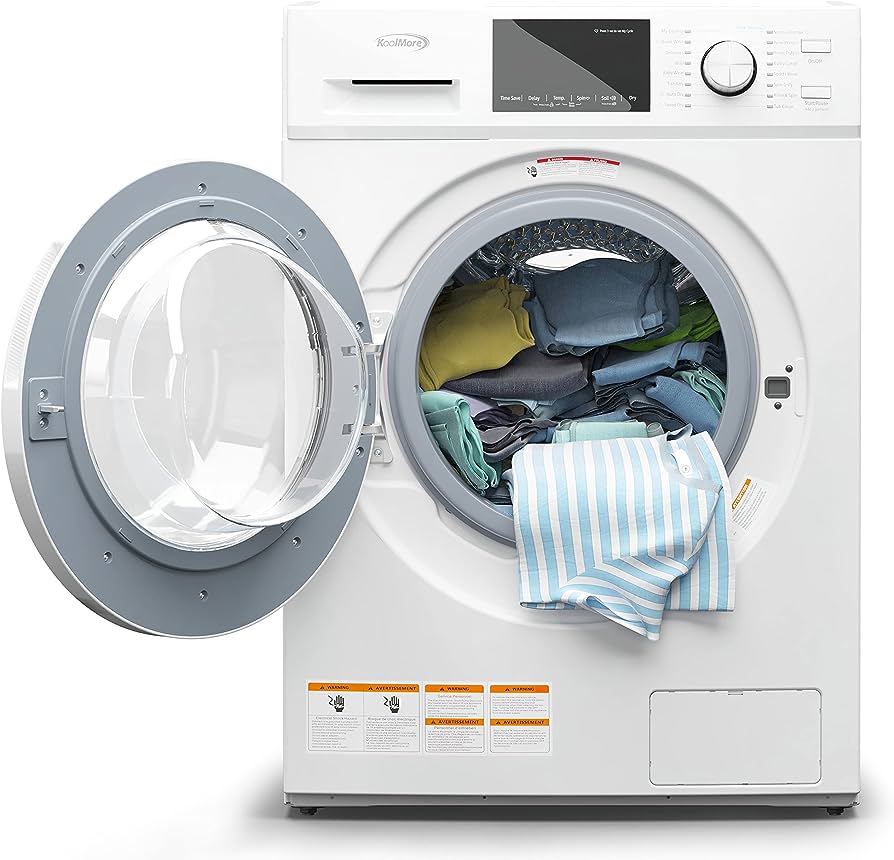
Why is my washing machine leaking from the underneath?
Drain Hose Issues
1.1. Loose or Disconnected Hose
One common reason for a washing machine to leak from underneath is a loose or disconnected drain hose. Over time, vibrations during the washing cycle can cause the hose to become loose, resulting in water leakage. Check the drain hose connection at the back of the machine and ensure it is securely fastened.
1.2. Damaged or Clogged Drain Hose
A damaged or clogged drain hose can also cause leaks. Inspect the drain hose for any visible signs of damage, such as cracks or splits. Additionally, check for any blockages or debris that may be obstructing proper water flow. Replace or clean the drain hose as necessary to resolve the issue.
Water Inlet Valve Problems
2.1. Faulty Water Inlet Valve
A faulty water inlet valve can lead to leaks from underneath the washing machine. The valve controls the flow of water into the machine during the wash cycle. If it is malfunctioning or worn out, it may not close properly, allowing water to continuously enter the machine and leak. Replace the water inlet valve to resolve the issue.
2.2. Loose or Damaged Water Inlet Hose
Check the water inlet hose connections at the back of the washing machine. Ensure that the hose is securely attached and there are no visible signs of damage or wear. Tighten any loose connections or replace the hose if necessary to prevent leaks.
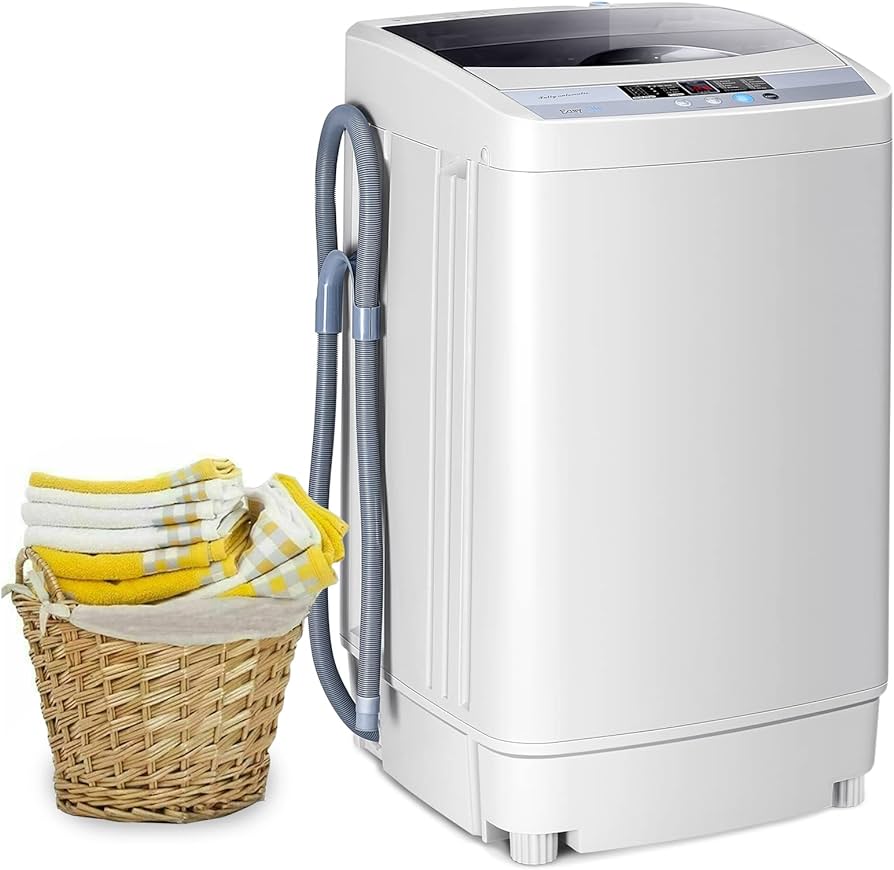
Pump or Pump Hose Concerns
3.1. Clogged Pump Filter
A clogged pump filter can lead to water leakage from the bottom of the washing machine. The pump filter is responsible for trapping debris and preventing it from entering the pump. Over time, the filter can become clogged with lint, hair, or other objects, obstructing water flow and causing leaks. Clean the pump filter regularly to maintain proper function.
3.2. Damaged or Loose Pump Hose
Inspect the pump hose for any signs of damage or looseness. A damaged or poorly connected pump hose can result in water leaks. Ensure that the hose is securely fastened and there are no visible cracks or splits. Replace the hose if necessary to eliminate leaks.
Tub Seal or Gasket Issues
4.1. Worn or Damaged Tub Seal
The tub seal, also known as the door boot seal or gasket, prevents water from leaking between the washing machine’s tub and the outer drum. If the tub seal becomes worn, torn, or damaged, water can escape and pool underneath the machine. Inspect the seal for any signs of deterioration and replace it if needed to prevent further leaks.
4.2. Improper Cleaning or Maintenance
A buildup of dirt, detergent residue, or debris around the tub seal can compromise its effectiveness and lead to leaks. Regularly clean the seal and remove any accumulated debris to ensure a proper seal and prevent water leakage.
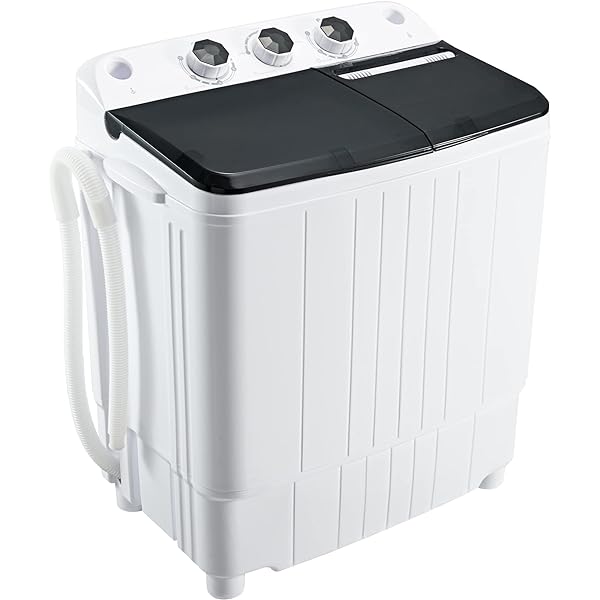
Overloading or Uneven Loads
5.1. Overloading the Washing Machine
Overloading the washing machine with excessive laundry can cause water to overflow and leak from the bottom. Follow the manufacturer’s guidelines for load capacity to avoid this issue. Distribute the laundry evenly inside the tub to maintain balance and prevent leaks caused by uneven loads.
Other Possible Culprits
6.1. Damaged or Worn Out Tub
A damaged or worn out tub can result in leaks from the bottom of the washing machine. Inspect the tub for any signs of cracks or deterioration. If the tub is severely damaged, it may need to be replaced to resolve the leaking issue.
6.2. Faulty or Loose Connections
Check all connections, hoses, and fittings in and around the washing machine. Ensure that they are tightly secured and not damaged. Loose or faulty connections can lead to water leakage. Tighten any loose connections or replace damaged components as necessary.
6.3. Excessive Detergent Usage
Using too much detergent can create excessive suds, leading to water overflow and leaks. Follow the recommended detergent dosage by the manufacturer and avoid overusing detergent. Properly measure and pour the detergent to prevent excessive sudsing.
Steps to Address the Leaking Issue
7.1. Turn Off the Washing Machine
Before addressing the leaking issue, turn off the washing machine and unplug it from the power source. This ensures your safety and prevents further water damage.
7.2. Identify the Source of the Leak
Carefully inspect the bottom of the washing machine to identify the source of the leak. Observe if the water is pooling around a specific area or if it is coming from multiple points.
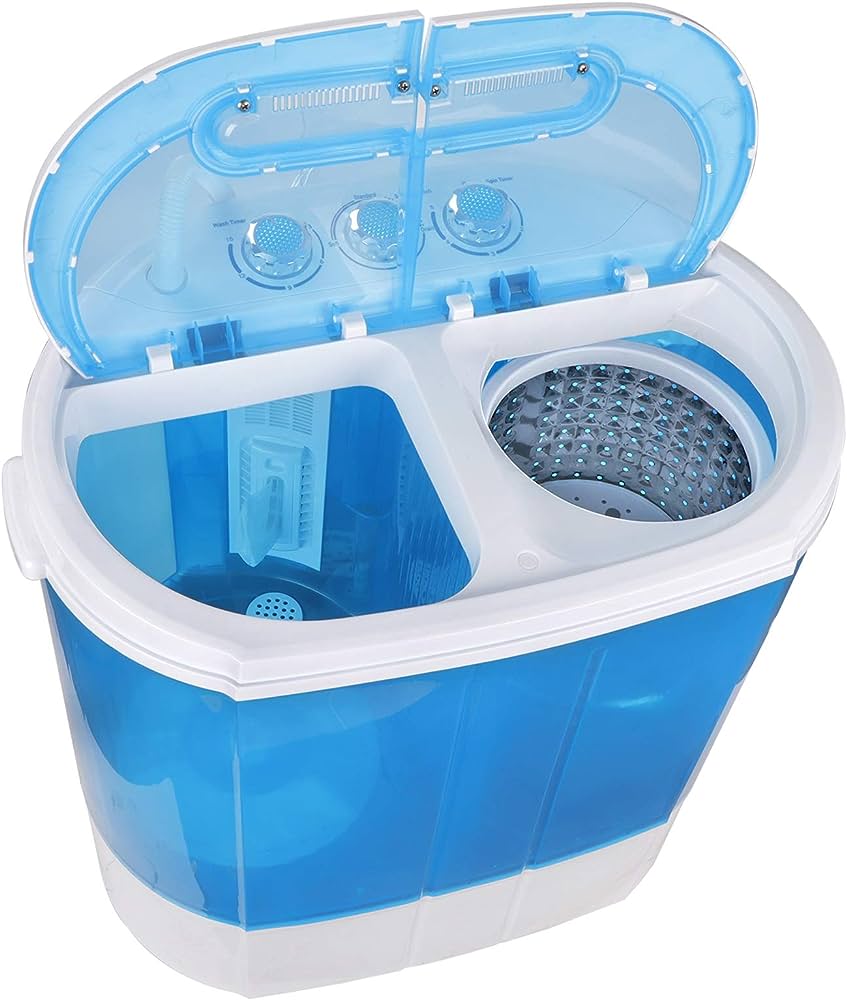
7.3. Address the Specific Cause
Based on the identified cause, follow the appropriate steps mentioned earlier to resolve the issue. Tighten connections, clean filters, replace damaged components, or seek professional assistance when needed.
7.4. Test for Resolution
After addressing the cause of the leak, run a short cycle with no clothes to test if the issue has been resolved. Observe the machine for any signs of leakage during the cycle.
7.5. Monitor Over Time
Keep an eye on the washing machine over the next few cycles or days to ensure that the leak has been completely resolved. If the problem persists or returns, consider seeking professional help or contacting the manufacturer for further assistance.
When to Seek Professional Help
If you are unable to identify the cause of the leak or if the issue persists despite your attempts to resolve it, it may be necessary to seek professional help. A certified technician or appliance repair service can diagnose the problem accurately, provide expert advice, and perform the necessary repairs to resolve the leaking issue effectively.
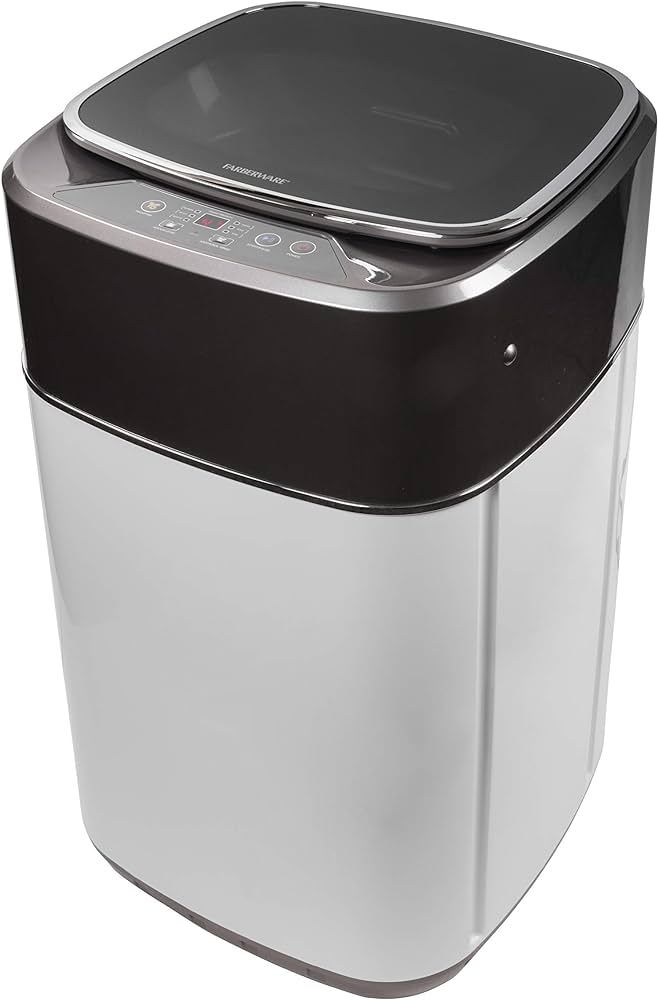
Conclusion
Leaking from underneath a washing machine can be a frustrating problem, but with proper identification and troubleshooting, it can be resolved. By examining the drain hose, water inlet valve, pump, tub seal, and other components, you can identify the cause of the leak and take the necessary steps to address it. Regular maintenance, including cleaning filters and checking connections, can help prevent future leaks. If the issue persists or if you are unsure of the cause, professional assistance is recommended. Timely resolution of a leaking washing machine helps prevent water damage and ensures the continued functionality of your appliance.
